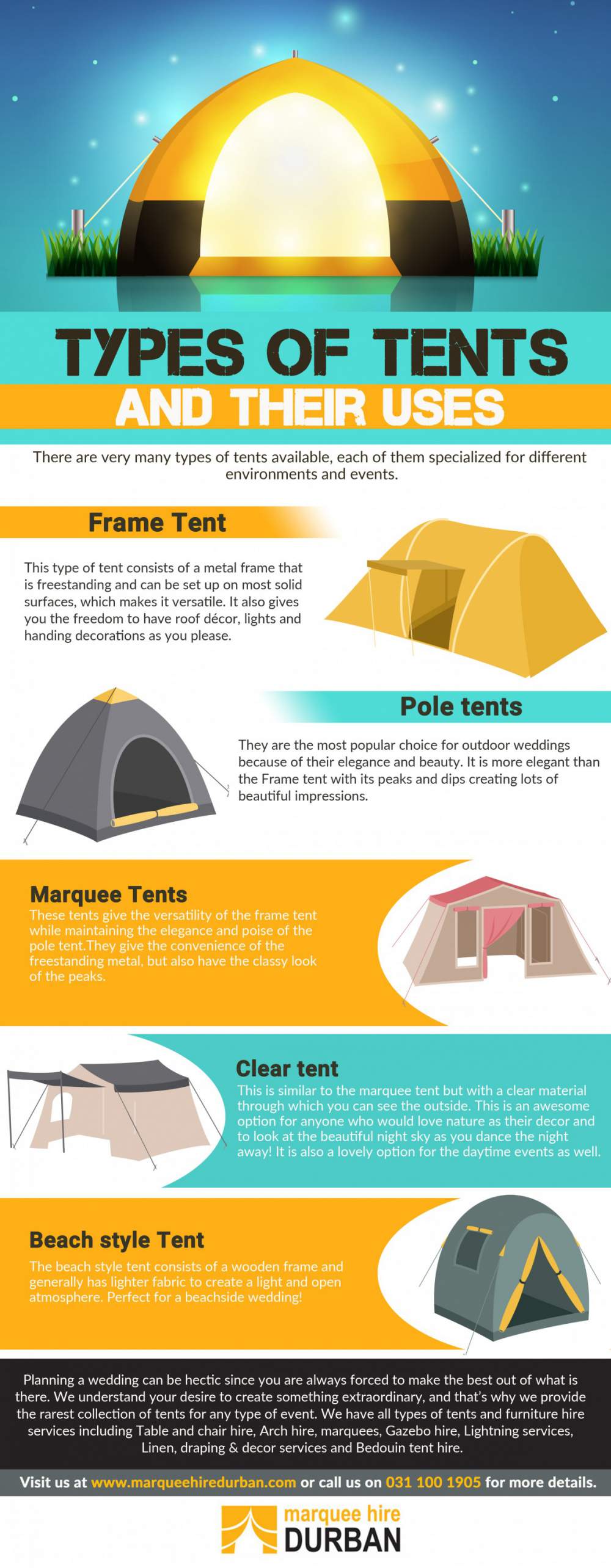Dominate Your Market Promote Your Online Camping Tents Venture By Selling Camping Tents
Dominate Your Market Promote Your Online Camping Tents Venture By Selling Camping Tents
Blog Article
Does Your Backpacking Outdoor Tents Required an Impact?
If you camp on a regular basis in areas with rocks or sharp downed branches or simply despise storing a damp, sloppy outdoor tents, then an impact is certainly worth thinking about. Impacts are additionally relatively cost-effective compared to a brand-new tent.
What are the two types of camping?
Numerous camping tent makers offer their own specific impacts, which are cut to the precise dimension of the camping tent flooring. However, you can make one yourself with a light-weight fabric like polycryo or tyvek.
Weather Conditions
Whether you need a footprint really depends on the problems you'll be camping in. If you're backpacking in an area where the ground is generally wet (it's pretty much unavoidable), an outdoor tents impact can be a beneficial addition to your set, as it will certainly stop your tent flooring from coming to be soaked.
However, if the footprint is too huge it can act as a dampness catch and potentially permit water to swimming pool under your camping tent. This can be prevented by making sure the footprint is reduced a little bit smaller sized than your tent on all sides.
Usually talking, it's best to get a footprint from the exact same producer as your tent to make sure an exact fit. They likewise often tend to be made from thicker, extra resilient products than DIY alternatives. They can be pricey for something whose single function is to secure the ground beneath your outdoor tents, but it can be a rewarding investment if you appreciate the longevity of your gear.
Surface
Several high quality tents can work well without an impact, specifically those that have tub floorings made of long lasting products. Nevertheless, the terrain you trek on can have a significant influence on exactly how promptly your tent flooring wears. Granite slabs, sandstone and other tough surface areas use through the bottom of your tent quicker than grassy meadows or woodland floorings.
A footprint or ground cloth aids extend the life of your outdoor tents by functioning as an obstacle between the ground and the sewn-in groundsheet of your outdoor tents, says REI elderly sales expert Elizabeth Nguyen. It additionally safeguards the outdoor tents from unpleasant aspects like sharp twigs and jagged rocks that might puncture or tear the sewn-in flooring. When picking a footprint for your camping tent, it is necessary to guarantee it's somewhat smaller than the tent on all sides. This prevents water from merging between the tent and impact throughout a rainstorm, which could seep right into your camping tent. The very best option for a footprint is to buy one made for your particular tent, which will ensure a tight fit.
Tents with Reduced Deniers and Water Resistant Rankings
Whether you're a laid-back backpacker or a hardcore traveler, the sturdiness degree of your tent is a vital consideration. Camping tents made to be ultralight, bordering on minimal, usually trade off some degree of durability in the textile and products made use of.
One textile specification you'll run into is denier, which describes the weight in grams of a 9,000-meter length of yarn that makes up the tent's canopy, rainfly, and/or flooring. A higher denier specification symbolizes much more sturdy textiles, while reduced numbers show lighter and much less long lasting materials.
Other specifications to check out include floor dimensions, vestibule size, and interior pockets. The former mirrors the general square-footage that can be utilized for comfortable area, while the latter can contribute in storage space by offering a location to stash equipment over night and in bad weather condition. Ventilation is also a crucial aspect; as you exhale dampness throughout sleep, it requires to run away, or condensation might accumulate inside. Features such as mesh home windows and panels and adjustable rainfly doors help raise ventilation and stop this from taking place.
The Cost
The price of a camping tent can impact its efficiency, and it is likewise important to take into consideration how much you can manage to spend. Backpackers looking for a lightweight shelter ought to go for a tent with a livability score of at the very least 2 celebrities, and ideally, 3 or more.
Livability describes just how roomy a camping tent really feels, with headroom and floor measurements playing a big role. Historically, backpacking camping tents made use of steeply sloped walls and minimal area to save weight, however modern-day materials permit designers to give more convenience while maintaining weight reduced.
Storage is another factor to take into consideration, with vestibules and a quick-pitching layout helping reduce arrangement time. In addition, the kind of material coating and how the tent is saved can influence long life. As tenting in luxury an example, a PU coating that breaks down more quickly when wet, or goes through repeated cycles of stowing and un-stowing, can substantially reduce the lifespan of a camping tent. In a similar way, utilizing a custom-made footprint rather than packing an outdoor tents in a careless fashion will also extend its life-span.
What are the 4 types of tents?
